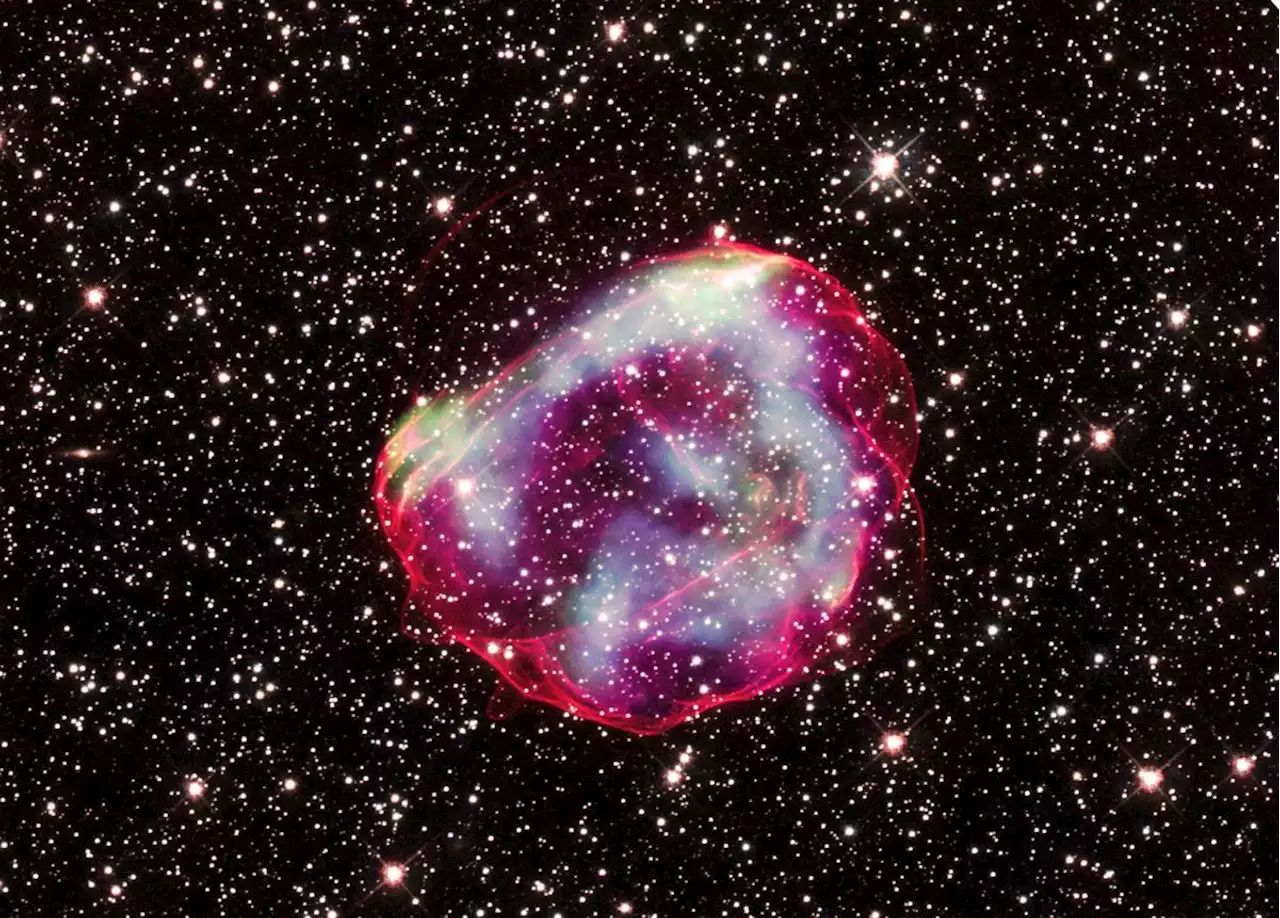Three NASA space telescopes teamed up to eye the supernova remnant SNR 0519.
suggest that the material in the blast wave likely slowed down after crashing into dense clouds of surrounding gas. If that's the case, the initial explosion would have occurred more recently than 670 years ago. Further observations from Hubble will help pinpoint exactly when the star exploded, according to the statement.
Using the data from the three telescopes, astronomers were able to create a composite image of SNR 0519, which NASA released on Sept. 12. The Chandra data captures X-rays from SNR 0519 with low, medium and high energies shown in green, blue, and purple, respectively. Optical data from Hubble shows the perimeter of the remnant in red, along with surrounding stars in white. The brightest regions in the X-ray data represent the slowest-moving material, whereas areas with no X-ray emissions are associated with faster-moving material, according to the statement.
United States Latest News, United States Headlines
Similar News:You can also read news stories similar to this one that we have collected from other news sources.
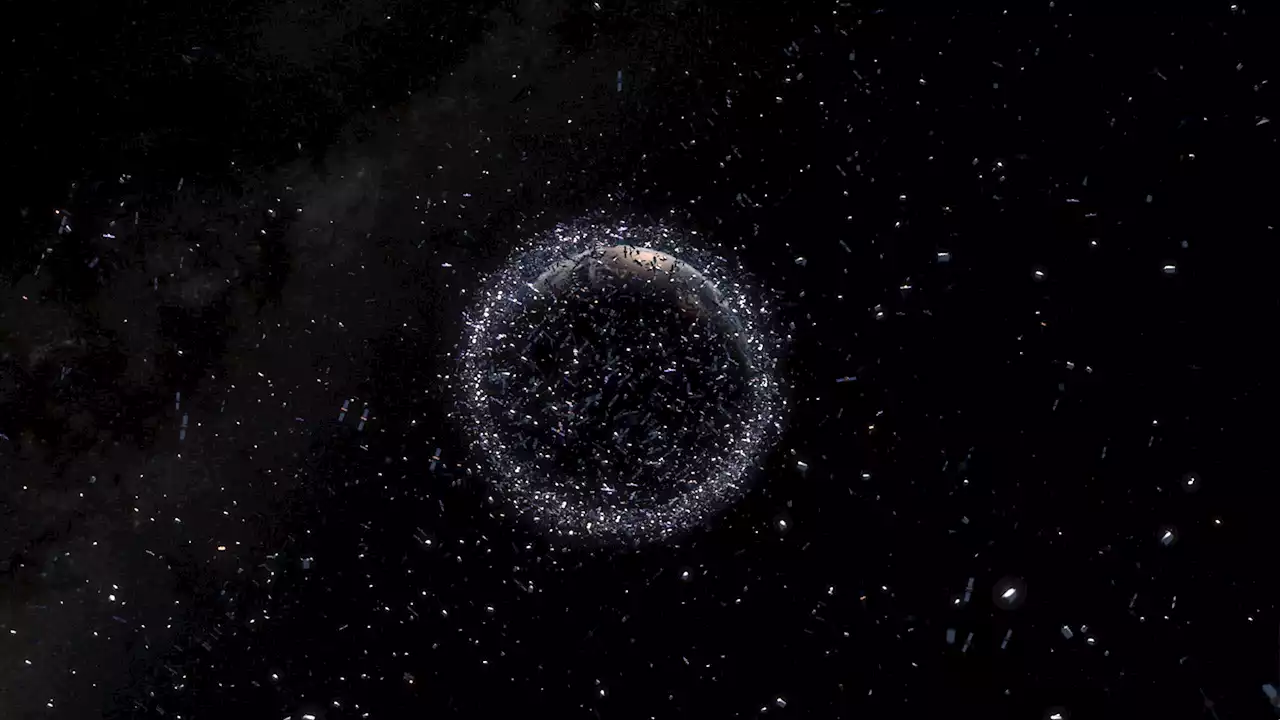 NASA ‘takes the threat of orbital debris seriously’, selects three mitigation proposals for fundingSpace debris could snowball uncontrollably with the Kessler effect. NASA's new initiative aims to address the problem before it happens.
NASA ‘takes the threat of orbital debris seriously’, selects three mitigation proposals for fundingSpace debris could snowball uncontrollably with the Kessler effect. NASA's new initiative aims to address the problem before it happens.
Read more »
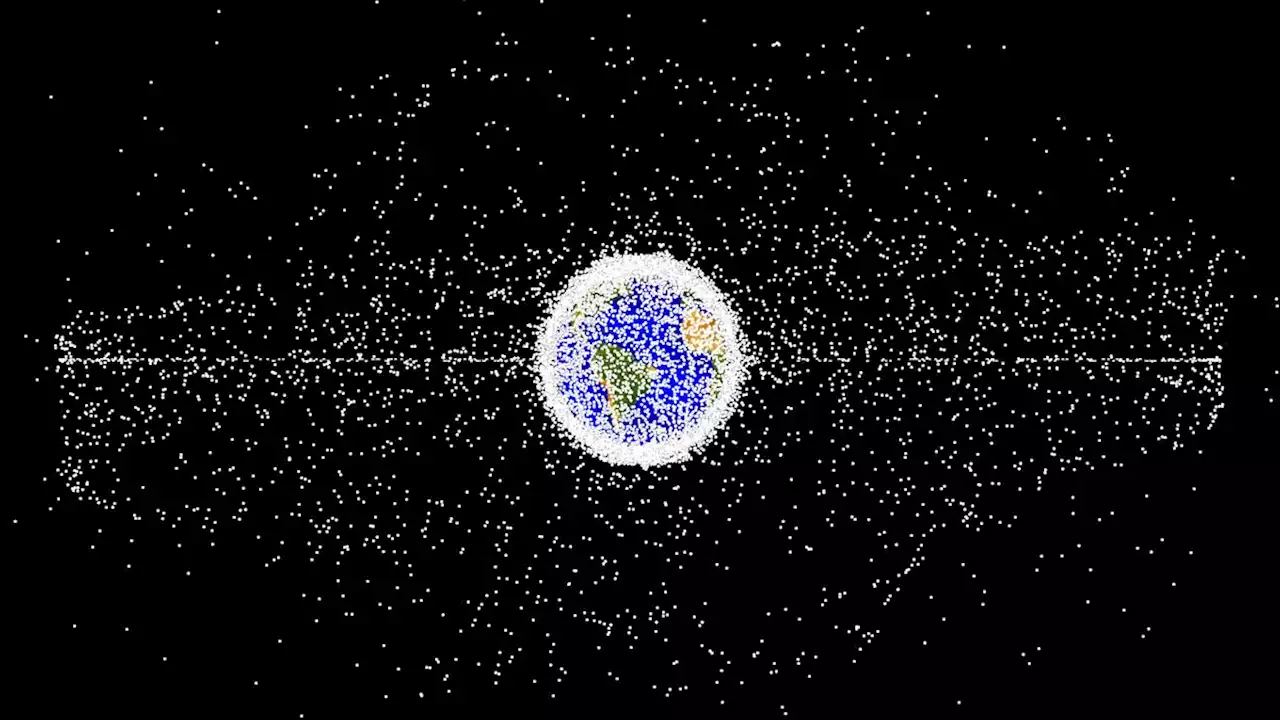 Orbital Debris Threatens Our Future in Space, so NASA Is Seeking SolutionsMillions of pieces of space junk currently orbit Earth, the fastest of which move at speeds reaching 17,500 miles per hour.
Orbital Debris Threatens Our Future in Space, so NASA Is Seeking SolutionsMillions of pieces of space junk currently orbit Earth, the fastest of which move at speeds reaching 17,500 miles per hour.
Read more »
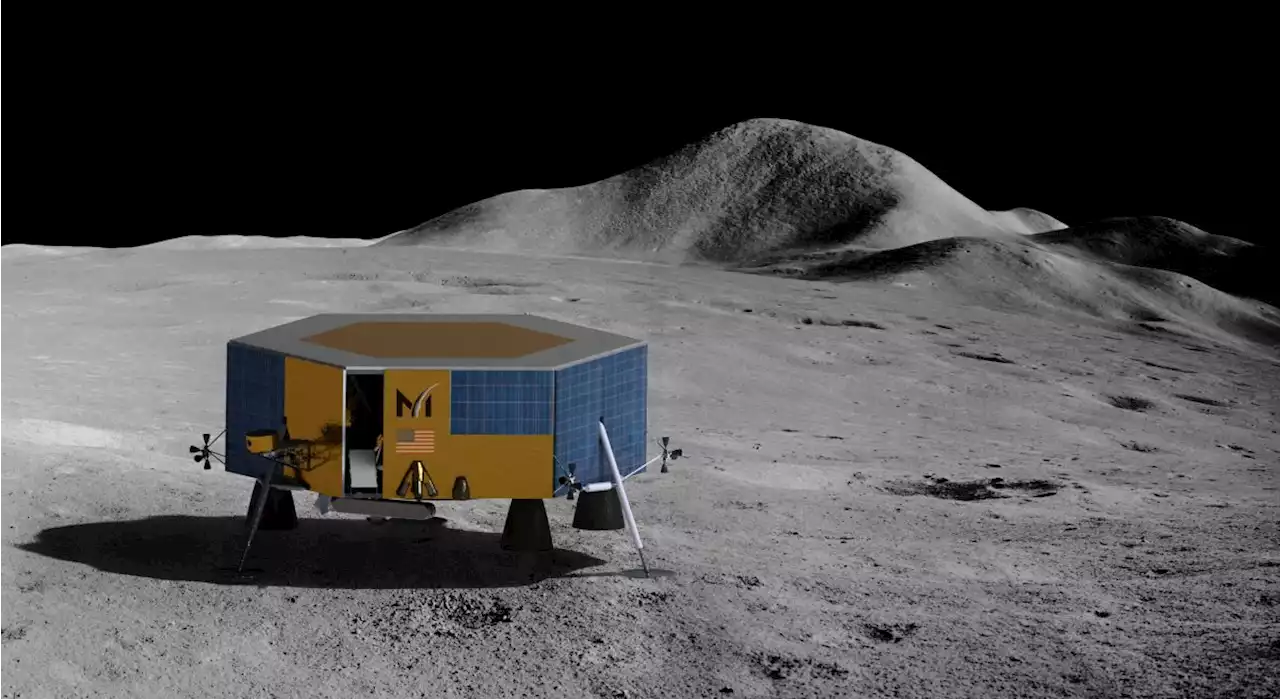 NASA moon contractor Masten Space Systems acquired by AstroboticNASA tasked both companies to send robotic payloads to the moon, prior to Masten's Chapter 11 filing.
NASA moon contractor Masten Space Systems acquired by AstroboticNASA tasked both companies to send robotic payloads to the moon, prior to Masten's Chapter 11 filing.
Read more »
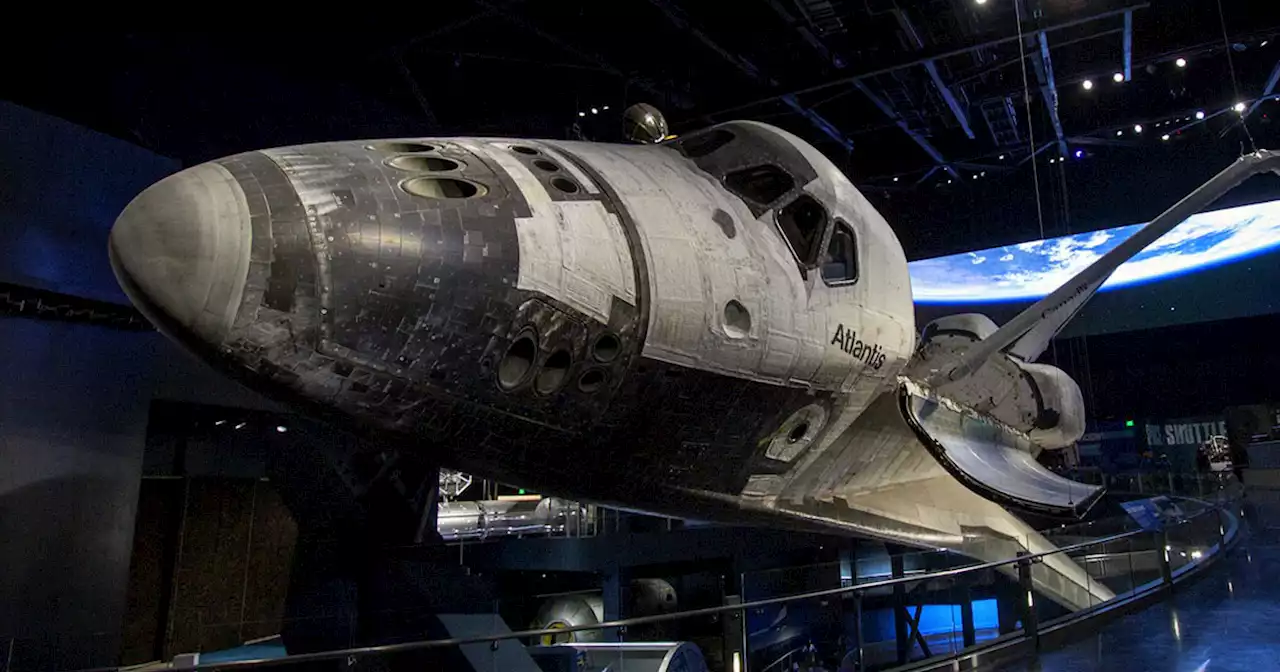 Man Boops Snoot of NASA Space ShuttleNeed a reminder that the world's not all bad? Here's a super cute photo involving a NASA space shuttle.
Man Boops Snoot of NASA Space ShuttleNeed a reminder that the world's not all bad? Here's a super cute photo involving a NASA space shuttle.
Read more »
